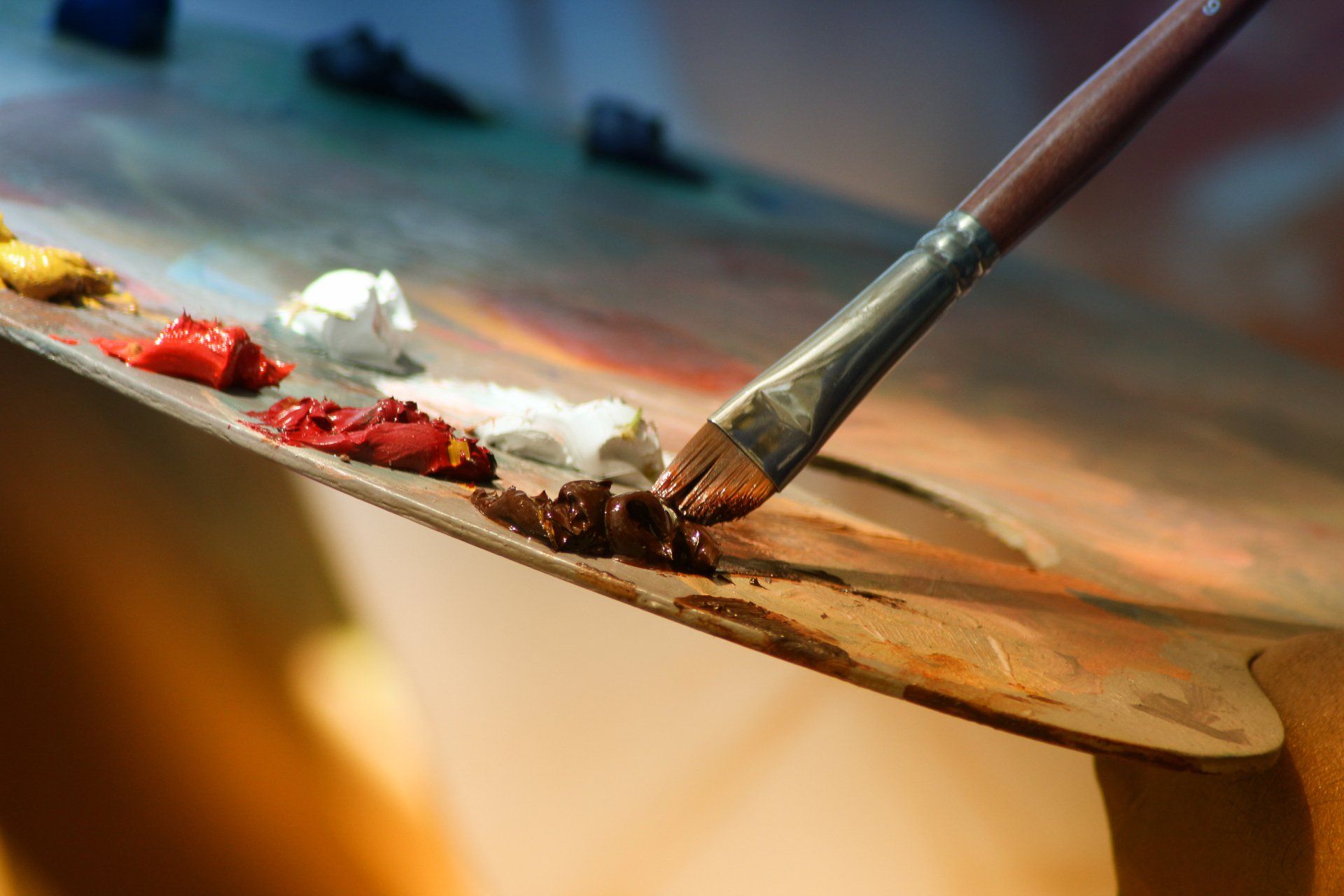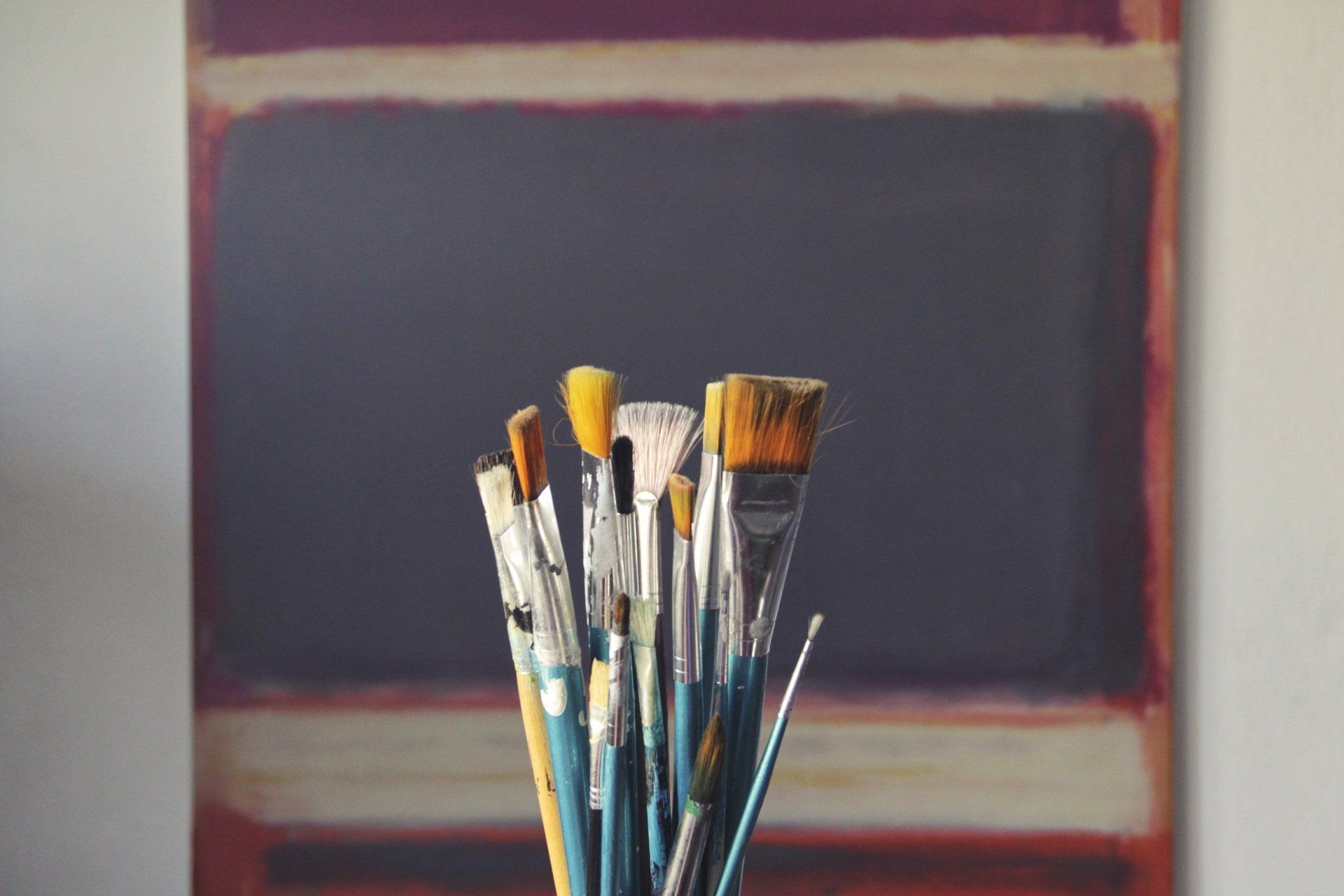Art As A Form Of Mental Therapy
The Healing Power of Art: A Timeless Therapy for Mental Well-being
In the annals of history, the relationship between art and mental health has been a profound and enduring one. A poignant chapter in this narrative unfolds in the aftermath of World War II, where soldiers grappling with the psychological aftermath of war found solace and healing through artistic expression. What was once termed "shell shock" is now recognized as post-traumatic stress disorder (PTSD), and the artistic endeavors of these veterans marked the genesis of art as a therapeutic tool. In this blog, we delve into the rich tapestry of art as a form of mental health treatment, exploring its roots, evolution, and the profound impact it continues to have on individuals facing the complexities of the human mind.
The Historical Roots of Art as Therapy
The mid-20th century was a pivotal period in the recognition of mental health issues, and the aftermath of World War II brought the psychological toll of combat to the forefront. Returning soldiers faced a condition that was initially labeled "shell shock," a term that inadequately captured the depth of their mental anguish. It was a time when conventional medical and therapeutic interventions struggled to provide succor to those haunted by the traumas of war.
Enter art.
Veterans turned to painting, drawing, sculpting, and various other forms of artistic expression as a means to navigate the labyrinth of their emotions. Girija Kaimal, an art therapist at Drexel University and the president of the American Art Therapy Association (AATA), sheds light on this historical juncture, emphasizing that traditional forms of intervention fell short in capturing the essence of their experiences. Trauma, by its nature, defies easy articulation in words, and thus, therapeutic modalities that bridge the gap through nonverbal expression became the cornerstone of creative arts therapies.
Art as a Nonverbal Bridge to Healing
"I strongly feel that my artwork has been therapeutic for me. It releases my stress and allows me to express feelings that are trapped inside me." This sentiment, expressed by many individuals who turn to art as a form of therapy, encapsulates the essence of nonverbal expression in healing. The process of creating art provides an avenue for emotions to be channeled, explored, and ultimately released.
Art, as a nonverbal language, transcends the limitations of words. It provides a canvas for individuals to externalize their internal struggles, fears, and joys. When grappling with complex emotions, traditional talk therapies might falter in providing an outlet for expression. Art steps in as a potent medium, allowing individuals to communicate the inexpressible, the nuances that language often fails to capture.
The Therapeutic Mechanisms of Art
The therapeutic potential of art lies in its ability to engage multiple senses and cognitive processes simultaneously. Unlike verbal communication, which primarily relies on language centers in the brain, art involves a broader neural network. From the tactile experience of manipulating materials to the visual processing of colors and forms, art engages the brain in a holistic manner.
1. Catharsis through Creativity:
The act of creating art can be cathartic. It allows individuals to externalize internal conflicts, providing a tangible form to intangible emotions. This process of catharsis, of releasing pent-up feelings, is a crucial step in the healing journey.
2. Mindfulness and Presence:
Art-making is inherently a mindful activity. The focus required to manipulate materials, the attention to detail, and the immersion in the creative process anchor individuals in the present moment. This mindful engagement can be a respite from the ruminations of the past or anxieties about the future.
3. Symbolism and Metaphor:
Art has a unique capacity to embody symbolism and metaphor. Through the creation of symbols, individuals can express complex emotions without explicitly naming them. The artwork becomes a visual narrative, a symbolic representation of their inner world.
4. Empowerment and Self-Expression:
Art provides a platform for self-expression that may feel less constrained than verbal communication. For those who struggle to articulate their feelings verbally, art offers a liberating medium where they can communicate authentically.
The Evolving Landscape of Art Therapy
From its humble origins as a tool for veterans grappling with the aftermath of war, art therapy has evolved into a recognized and respected form of mental health treatment. It is employed across a spectrum of conditions, from trauma and PTSD to anxiety, depression, and various mood disorders.
1. Clinical Integration:
Art therapy is now integrated into clinical settings, working alongside traditional therapeutic modalities. Trained art therapists collaborate with psychologists, psychiatrists, and other mental health professionals to offer a comprehensive approach to treatment.
2. Diverse Modalities:
The realm of creative arts therapies has expanded to include diverse modalities such as music therapy, dance/movement therapy, and drama therapy. Each of these modalities harnesses the expressive power of a specific art form to facilitate healing.
3. Community Initiatives:
Beyond clinical settings, art initiatives have sprouted in communities as a means of promoting mental well-being. Community art projects, public installations, and workshops create spaces for collective expression and healing.
4. Technology as a Medium:
The digital age has ushered in new possibilities for art therapy. Virtual platforms and digital tools offer accessible avenues for creative expression, reaching individuals who might not have access to traditional art supplies or therapy spaces.
Case Studies: Personal Transformations Through Art
The transformative power of art therapy is perhaps best illustrated through the stories of individuals who have navigated their mental health journeys with the brush, the pen, or the sculptor's hands.
Case Study 1: Rediscovering Identity Through Collage
Sarah, a survivor of interpersonal trauma, found it challenging to articulate her sense of self verbally. In art therapy, she turned to collage as a medium. Through the selection and arrangement of images, she discovered a visual language for expressing her fragmented identity. The process of creating collages became a metaphorical journey of piecing together her sense of self, fostering a renewed understanding of her identity.
Case Study 2: Painting as a Path to Emotional Resilience
John, diagnosed with chronic anxiety, struggled with overwhelming emotions that seemed to surge without warning. In painting, he found a way to externalize these emotions. Each brushstroke became a manifestation of his anxiety, and the canvas served as a container for his feelings. Over time, the act of painting became a coping mechanism, empowering John to navigate the ebb and flow of his emotions with greater resilience.
Case Study 3: Clay Sculpting for Trauma Integration
Emma, a veteran with PTSD, engaged in clay sculpting as a therapeutic process. The tactile experience of molding and shaping the clay provided a grounding sensation, helping her reconnect with her body. As she sculpted, traumatic memories found expression in tangible form. The process became a gradual integration of her trauma, transforming it from a haunting specter into a sculpted narrative of resilience and strength.
The Future of Art as Therapy
As we look to the future, the role of art in mental health treatment appears poised for further expansion and innovation. The integration of art therapy into mainstream mental health care, the exploration of new digital mediums, and a growing emphasis on preventive mental health initiatives all contribute to a landscape where art holds a pivotal place in holistic well-being.
1. Research Advancements:
Ongoing research continues to shed light on the neurological and psychological mechanisms underlying the therapeutic effects of art. As the scientific understanding of these processes deepens, tailored and evidence-based art interventions may become more prevalent.
2. Global Accessibility:
The global nature of the digital age facilitates the sharing of artistic endeavors across borders. Online platforms and virtual communities create spaces for individuals worldwide to engage in art as a form of therapy, fostering a sense of connection and shared humanity.
3. Collaborations Across Disciplines:
The collaborative nature of art therapy extends beyond the realm of mental health professionals. Interdisciplinary collaborations between artists, scientists, and technologists may lead to innovative approaches that harness the power of art for diverse applications, from cognitive enhancement to emotional regulation.
4. Art as a Preventive Measure:
Recognizing the stressors of modern life, there is a growing emphasis on preventive mental health measures. Art, with its capacity to mitigate stress and foster emotional resilience, may play a crucial role in preventive mental health initiatives, promoting well-being before the onset of mental health challenges.
Conclusion
The journey from the battlefields of World War II to the digital landscapes of the 21st century marks the evolution of art as a potent tool for mental health treatment. From its historical roots as a refuge for traumatized veterans to its current status as a recognized therapeutic modality, art has proven its capacity to heal, transform, and empower.
As we navigate the complexities of mental health in an ever-changing world, the brush, the pen, the dance, and the song remain steadfast allies in the pursuit of well-being. In the realm of art, we find not only a means of expression but a profound pathway to understanding, healing, and reclaiming the narrative of our mental health journeys. Art, in all its diverse forms, stands as a testament to the enduring resilience of the human spirit and the timeless connection between creativity and healing.




